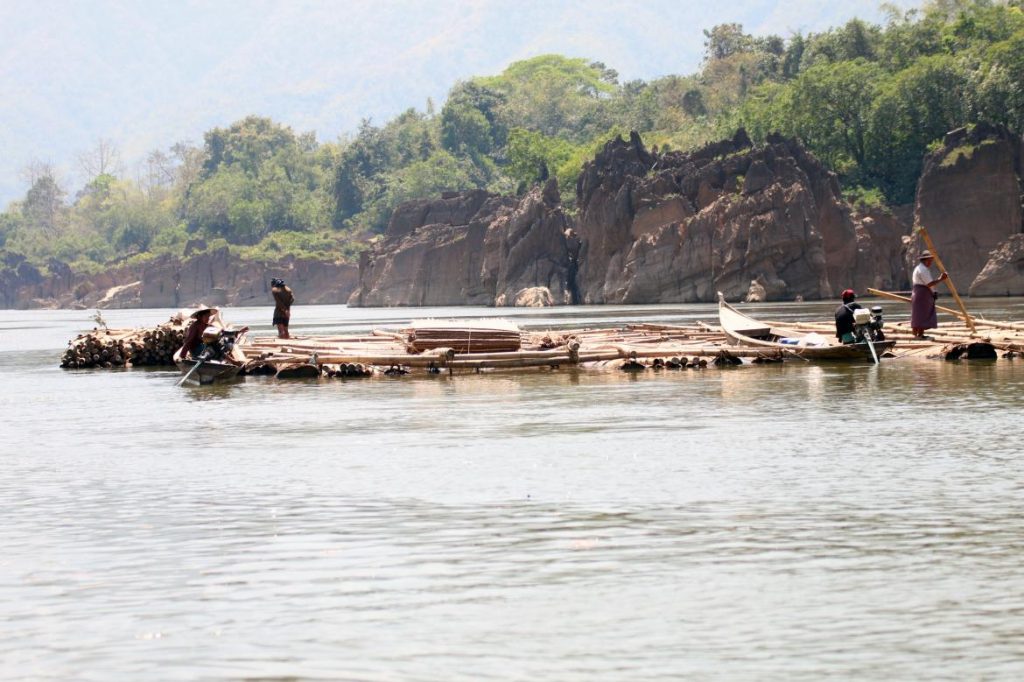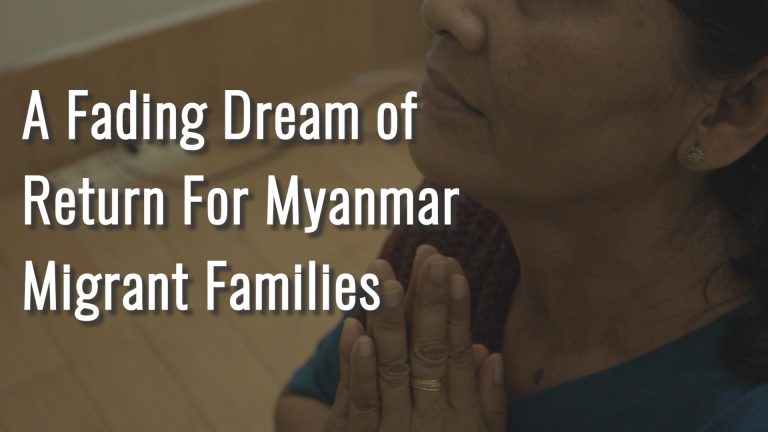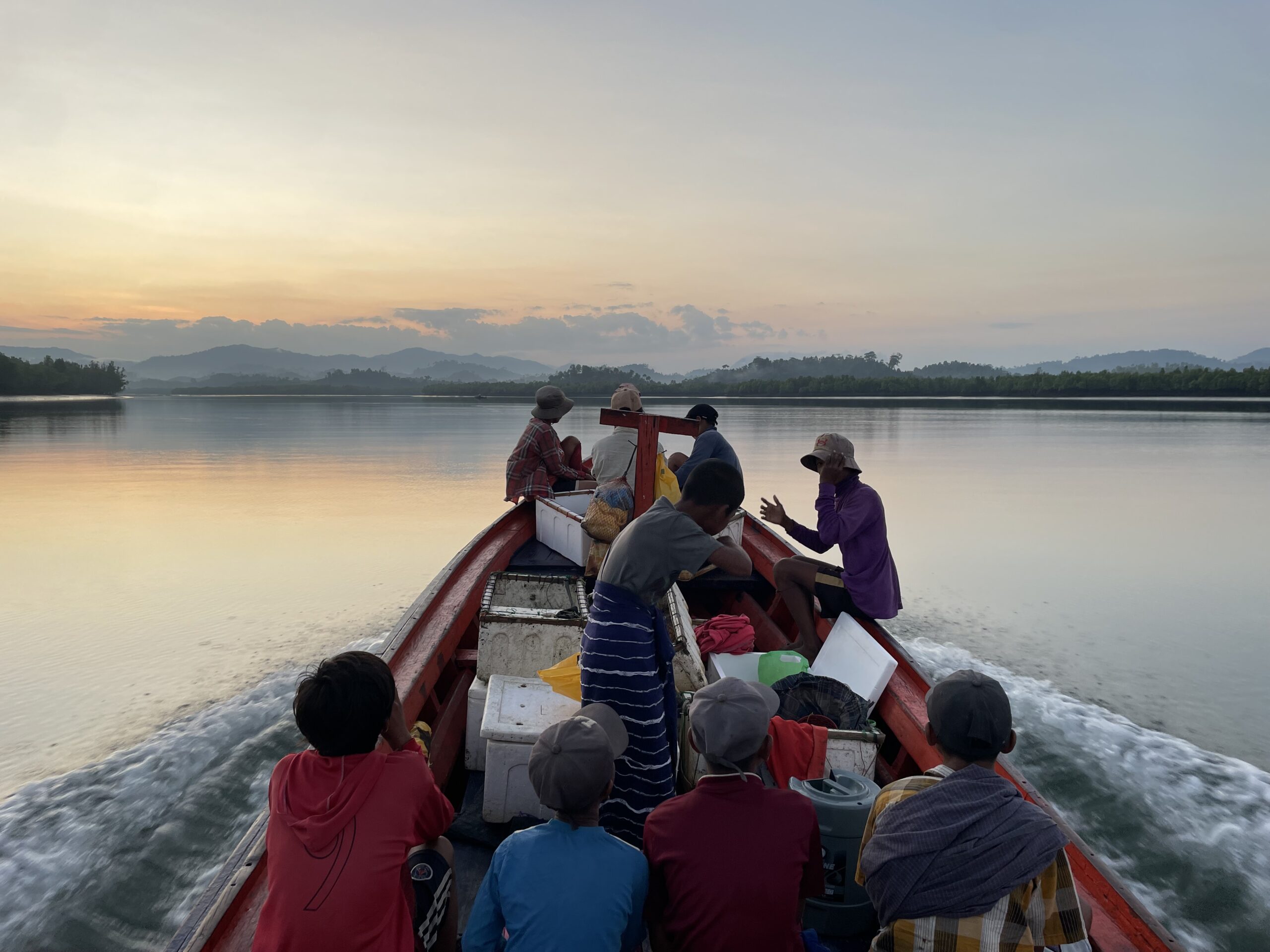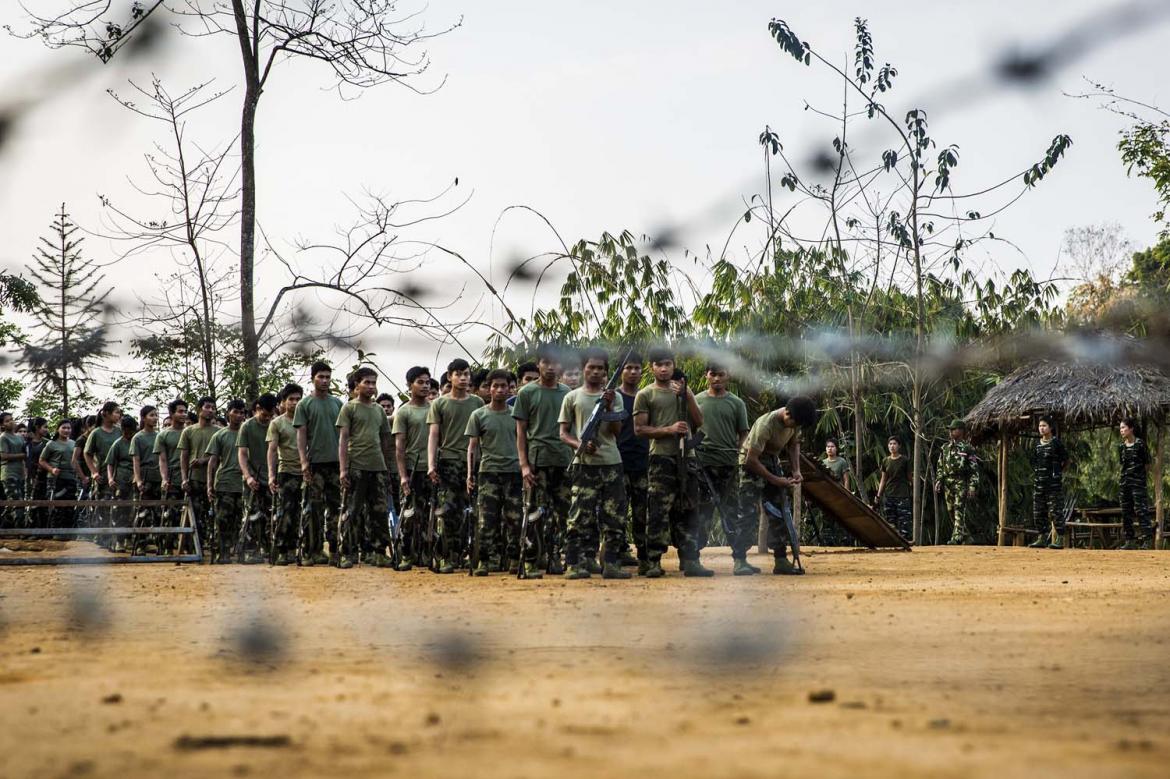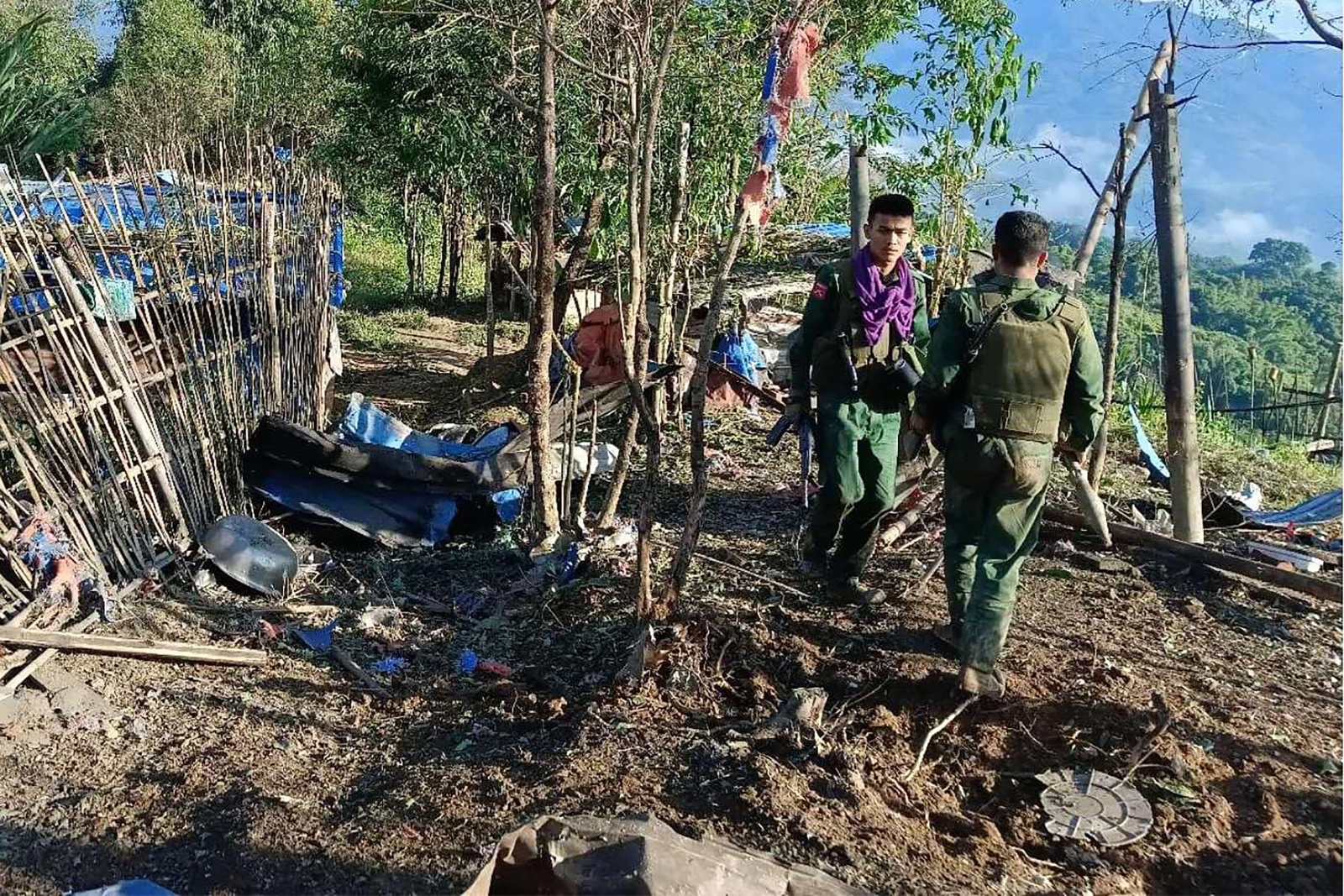The future of the Myitsone Dam grabs headlines but attention also needs to be paid to a series of massive dams planned for the Thanlwin River.
By JULIAN KIRCHHERR & MATTHEW J WALTON
IN JULY 1997, the heads of the Thai and Myanmar governments sat down to sign a Memorandum of Understanding with far-reaching implications for Myanmar. The MoU outlined the construction of seven hydropower dams to be built on the Thanlwin River, also known as the Salween. The projects were supposed to feature a total capacity of 22,000 megawatts – 55 percent of Myanmar’s total hydroelectric potential and almost five times the total capacity installed today.
Much attention has been drawn to the future of the Myitsone Dam in Kachin State, but the dams on the Thanlwin deserve just as much attention. Most are “battery dams” – those with significant electricity exports abroad; four would export to Thailand, and two to China. (It is unclear how power from the seventh would be used.) For example, 90 percent of the electricity from the Mong Ton dam in Shan State would be exported to Thailand, thus sending more hydropower across national borders than any other project in Southeast Asia.
Electricity revenues can generate significant revenues for governments. For example, Bhutan generates 40 percent of its total government revenues from the sale of hydroelectric power to India, which can in turn be used to accelerate a country’s development, such as through investments in roads, schools or healthcare. However, contracts that govern the export of electricity need to be carefully negotiated to ensure that the projects benefit the country the dam is being built in, and for those populations most affected by the projects.
The information available related to the Thanlwin dams suggests that they do not represent a good deal for Myanmar or its people. For example, according to a 2015 study published by a scholar from Harvard Kennedy School, Myanmar’s government will receive US$207 million per year in electricity from the Mong Ton dam. However, it could obtain up to four times that if contractual terms matched those of comparable projects in Nepal and Laos. Essentially, the people of Myanmar are being ripped off by the Mong Ton dam.
thanlwin_dams_infograph_web.jpg
Support more independent journalism like this. Sign up to be a Frontier member.
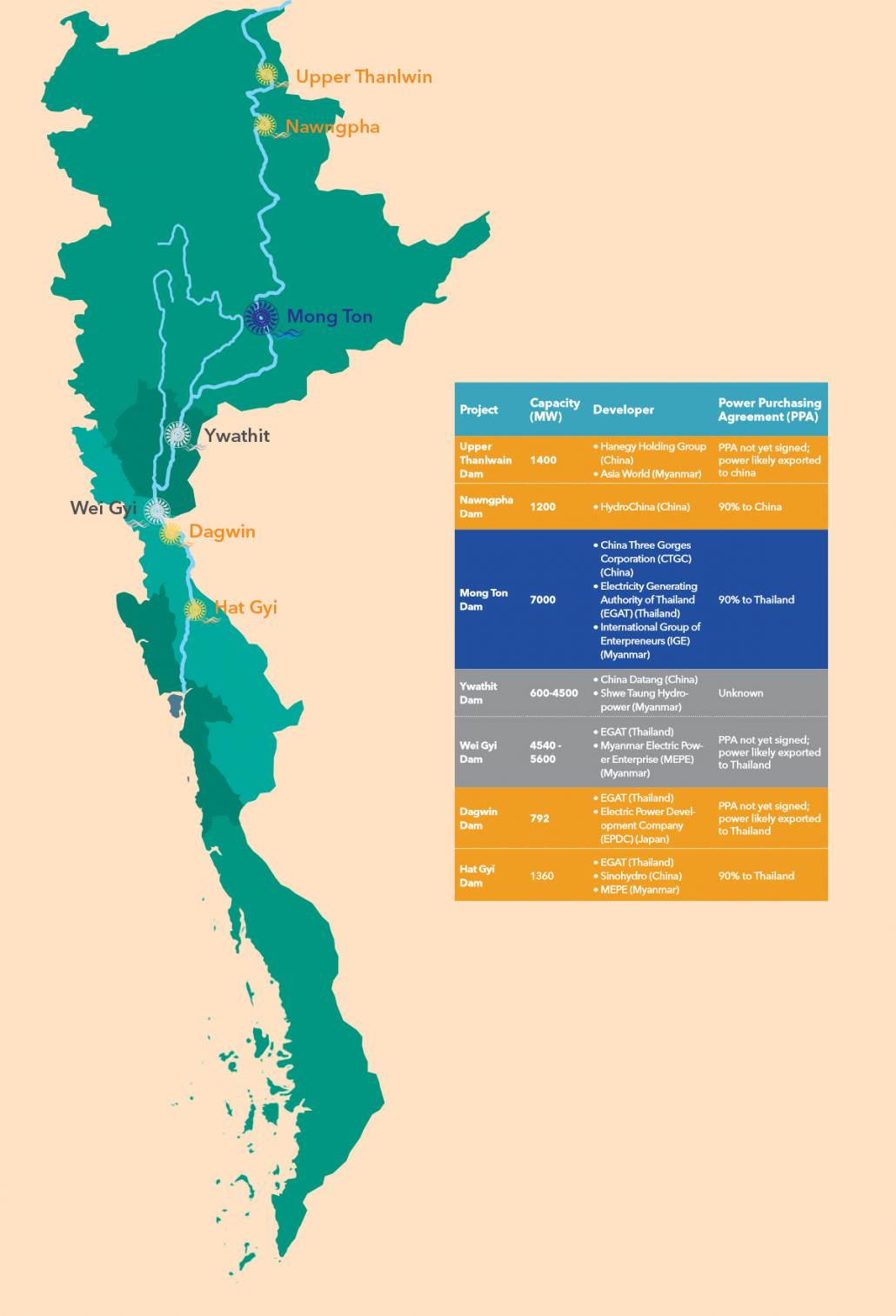
Despite the National League for Democracy’s promises of transparency, apart from Mong Ton little information has been released regarding contractual agreements related to the other six dams planned on the Thanlwin. Off-the-record interviews with decision makers within Myanmar’s Ministry of Electricity and Energy suggest that the contractual benefits of these remaining projects are also meagre. The renegotiation of these contracts is thus mandatory.
During these discussions, it is crucial that both policy-makers from Nay Pyi Taw and representatives from the affected local populations are included at the negotiation table. These communities are largely ignored in the existing contracts. Including the local people in discussions will help ensure that project-affected communities are the main beneficiaries and that the rewards of these projects are most keenly felt by the local population instead of the national government. This is only fair since these projects harm their territory and livelihoods.
The benefits shared must not only include financial benefits, but also significant amounts of electricity. In addition, the renegotiated contracts need to make clear that Myanmar will only export electricity abroad if its domestic demand is fully met. While the electricity from the Thanlwin dams will not be needed immediately (or even six to eight years from now – that is how long construction for many of these dams will take), this will change in 15 or 20 years if Myanmar’s economy continues to grow at its current pace.
The Thanlwin dams are what we call “Damocles projects”. The term reflects the constant threat hanging over villagers in the communities close to the dams: the fear of resettlement. Our research elsewhere has showcased that such “Damocles projects” create tangible negative impacts on communities, even before construction begins. For instance, communities invest much less – in homes, businesses, infrastructure and more – due to a fear of being resettled soon, while stress levels are particularly high as vigilance and advocacy work can heavily consume people’s time and resources. Planners must agree to reimburse communities for any negative planning phase impacts that occur as part of the renegotiation.
20150310_170336.jpg
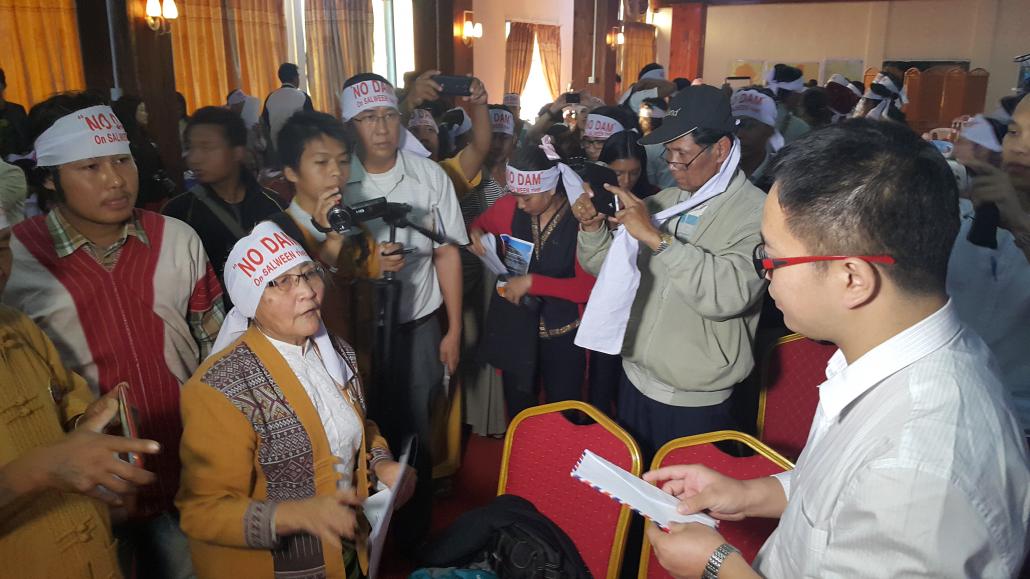
Anti-dam activists attend a consultation meeting in Shan State organised by the developers of the Mong Ton dam. (Kyaw Nyi Soe)
As part of the renegotiation process, thorough environmental and social impact assessments must be carried out for each of the seven Thanlwin dams. Moreover, a Strategic Environmental Assessment that considers the projects’ impacts from a river basin perspective is sorely needed. Several of the projects may have to be scrapped based on the results of these assessment if it becomes clear that their environmental, social and cultural impacts are too grave. It is crucial that policy-makers seriously consider the perspectives of affected communities, including valid concerns that massive hydropower projects could exacerbate existing conflict in Myanmar, rather than assuage it.
It is clear that any renegotiation will take time, but this time investment is needed to ensure that the people of Myanmar get a fair deal from these projects. Projects on the Thanlwin River must not only attract investors and please Myanmar’s neighbouring countries; they must first and foremost benefit the people of Myanmar.
It is common for contracts to be renegotiated after periods of change, and circumstances have changed significantly in Myanmar in the past 20 years. Developing Myanmar’s vast hydropower resources present an opportunity for the country’s growth, but this opportunity is not effectively captured in deals relating to the Thanlwin dams. A renegotiation of these projects is long overdue, and the 20th anniversary of the signing of these projects presents an ideal opportunity.


